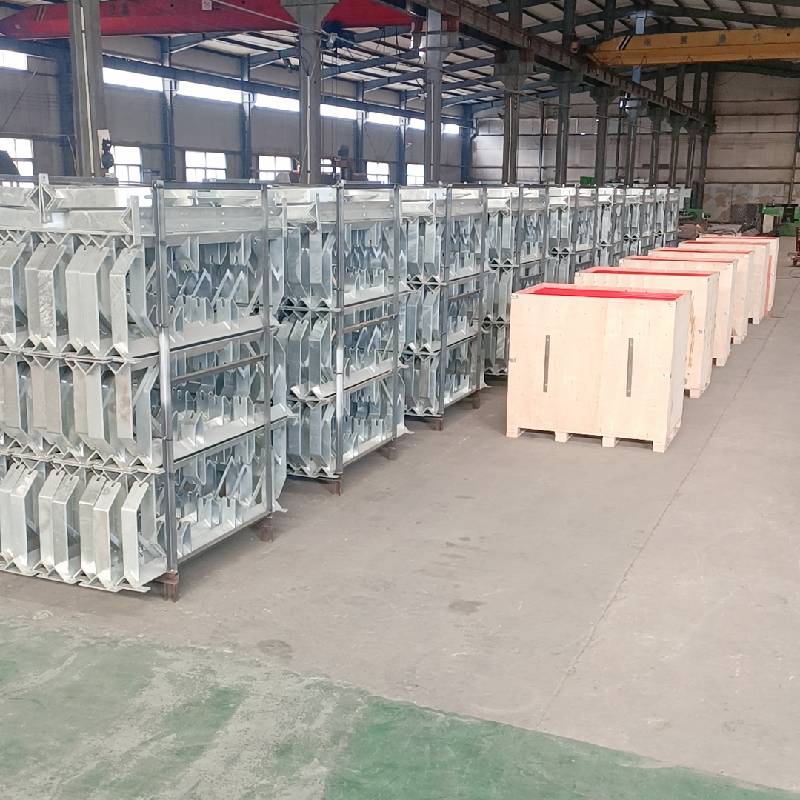 Afrikaans
Afrikaans  Albanian
Albanian  Amharic
Amharic  Arabic
Arabic  Armenian
Armenian  Azerbaijani
Azerbaijani  Basque
Basque  Belarusian
Belarusian  Bengali
Bengali  Bosnian
Bosnian  Bulgarian
Bulgarian  Catalan
Catalan  Cebuano
Cebuano  Corsican
Corsican  Croatian
Croatian  Czech
Czech  Danish
Danish  Dutch
Dutch  English
English  Esperanto
Esperanto  Estonian
Estonian  Finnish
Finnish  French
French  Frisian
Frisian  Galician
Galician  Georgian
Georgian  German
German  Greek
Greek  Gujarati
Gujarati  Haitian Creole
Haitian Creole  hausa
hausa  hawaiian
hawaiian  Hebrew
Hebrew  Hindi
Hindi  Miao
Miao  Hungarian
Hungarian  Icelandic
Icelandic  igbo
igbo  Indonesian
Indonesian  irish
irish  Italian
Italian  Japanese
Japanese  Javanese
Javanese  Kannada
Kannada  kazakh
kazakh  Khmer
Khmer  Rwandese
Rwandese  Korean
Korean  Kurdish
Kurdish  Kyrgyz
Kyrgyz  Lao
Lao  Latin
Latin  Latvian
Latvian  Lithuanian
Lithuanian  Luxembourgish
Luxembourgish  Macedonian
Macedonian  Malgashi
Malgashi  Malay
Malay  Malayalam
Malayalam  Maltese
Maltese  Maori
Maori  Marathi
Marathi  Mongolian
Mongolian  Myanmar
Myanmar  Nepali
Nepali  Norwegian
Norwegian  Norwegian
Norwegian  Occitan
Occitan  Pashto
Pashto  Persian
Persian  Polish
Polish  Portuguese
Portuguese  Punjabi
Punjabi  Romanian
Romanian  Russian
Russian  Samoan
Samoan  Scottish Gaelic
Scottish Gaelic  Serbian
Serbian  Sesotho
Sesotho  Shona
Shona  Sindhi
Sindhi  Sinhala
Sinhala  Slovak
Slovak  Slovenian
Slovenian  Somali
Somali  Spanish
Spanish  Sundanese
Sundanese  Swahili
Swahili  Swedish
Swedish  Tagalog
Tagalog  Tajik
Tajik  Tamil
Tamil  Tatar
Tatar  Telugu
Telugu  Thai
Thai  Turkish
Turkish  Turkmen
Turkmen  Ukrainian
Ukrainian  Urdu
Urdu  Uighur
Uighur  Uzbek
Uzbek  Vietnamese
Vietnamese  Welsh
Welsh  Bantu
Bantu  Yiddish
Yiddish  Yoruba
Yoruba  Zulu
Zulu Understanding Belt Conveyor Idlers and Their Importance in Material Handling Systems
Understanding Belt Conveyor Idlers Essential Components for Efficient Material Handling
Belt conveyors are vital components in a range of industries, including mining, manufacturing, and logistics. They facilitate the movement of materials over different distances and terrains, enhancing productivity and minimizing labor costs. A crucial element in the function of belt conveyors is the idler. This article delves into the significance, types, components, and maintenance of belt conveyor idlers.
What are Belt Conveyor Idlers?
Idlers are the rollers that support the conveyor belt and the material being transported. They help in maintaining the belt's alignment and facilitate smooth movement. Without idlers, the belt would sag and create friction, which could lead to increased wear and tear, inefficiency, and potential breakdowns.
Importance of Idlers in Conveyor Systems
1. Support and Stability Idlers provide the necessary support for the belt, ensuring that it maintains its shape and alignment. This stability is crucial for preventing spillage of materials and ensuring that the conveyor system runs smoothly.
2. Minimized Friction By reducing the friction between the moving belt and the surrounding environment, idlers play a pivotal role in prolonging the lifespan of the conveyor belt. Less friction translates to lower energy consumption and reduced operational costs.
3. Load Distribution Idlers help distribute the load evenly across the width of the belt. This uniform load distribution prevents localized wear and ensures that the conveyor operates efficiently.
4. Maintenance and Safety Properly functioning idlers contribute to the overall safety of conveyor systems. Poorly maintained idlers can lead to belt misalignment, which can result in entanglement, damage to equipment, and potential hazards for workers.
Types of Idlers
There are several types of idlers, each designed for specific applications and materials
1. Carrying Idlers These idlers support the loaded section of the conveyor belt. They are generally placed at regular intervals along the length of the conveyor.
belt conveyor idlers

2. Return Idlers Found on the underside of the conveyor, return idlers support the empty belt as it returns to the loading area. They help maintain the belt's structure during its return journey.
3. Impact Idlers These are specifically designed to absorb the shock of heavy loads being dropped onto the conveyor belt, minimizing damage to the belt and other components.
4. Training Idlers Used to ensure proper alignment of the conveyor belt, training idlers help prevent belt misalignment, which can lead to inefficiencies and damage.
5. Specialized Idlers Certain applications may require specialized idlers, such as idlers with rubber coatings for increased grip or those designed to operate in extreme environmental conditions.
Maintenance of Idlers
Regular maintenance of idlers is essential for the longevity and efficiency of a belt conveyor system. Here are some key maintenance practices
1. Inspection Frequent inspections should be conducted to check for signs of wear and tear, misalignment, and other issues. Visual inspections can help identify problems before they escalate.
2. Lubrication Many idlers contain bearings that require regular lubrication to minimize friction and wear. Ensuring that these bearings are adequately lubricated can drastically extend their lifespan.
3. Replacement It’s crucial to replace worn or damaged idlers promptly to prevent further damage to the conveyor system. Schedule regular replacement intervals based on usage and wear patterns observed during inspections.
4. Cleanliness Keeping the idlers and surrounding areas clean is essential. Accumulation of dust, dirt, and debris can lead to increased friction and premature wear.
Conclusion
Belt conveyor idlers are more than just passive components; they are vital to ensuring that conveyor systems operate effectively and efficiently. Understanding their functions, types, and maintenance is essential for anyone involved in material handling operations. By prioritizing the proper care and management of idlers, companies can enhance productivity, reduce costs, and maintain a safer work environment.
-
Revolutionizing Conveyor Reliability with Advanced Rubber Lagging PulleysNewsJul.22,2025
-
Powering Precision and Durability with Expert Manufacturers of Conveyor ComponentsNewsJul.22,2025
-
Optimizing Conveyor Systems with Advanced Conveyor AccessoriesNewsJul.22,2025
-
Maximize Conveyor Efficiency with Quality Conveyor Idler PulleysNewsJul.22,2025
-
Future-Proof Your Conveyor System with High-Performance Polyurethane RollerNewsJul.22,2025
-
Driving Efficiency Forward with Quality Idlers and RollersNewsJul.22,2025





























